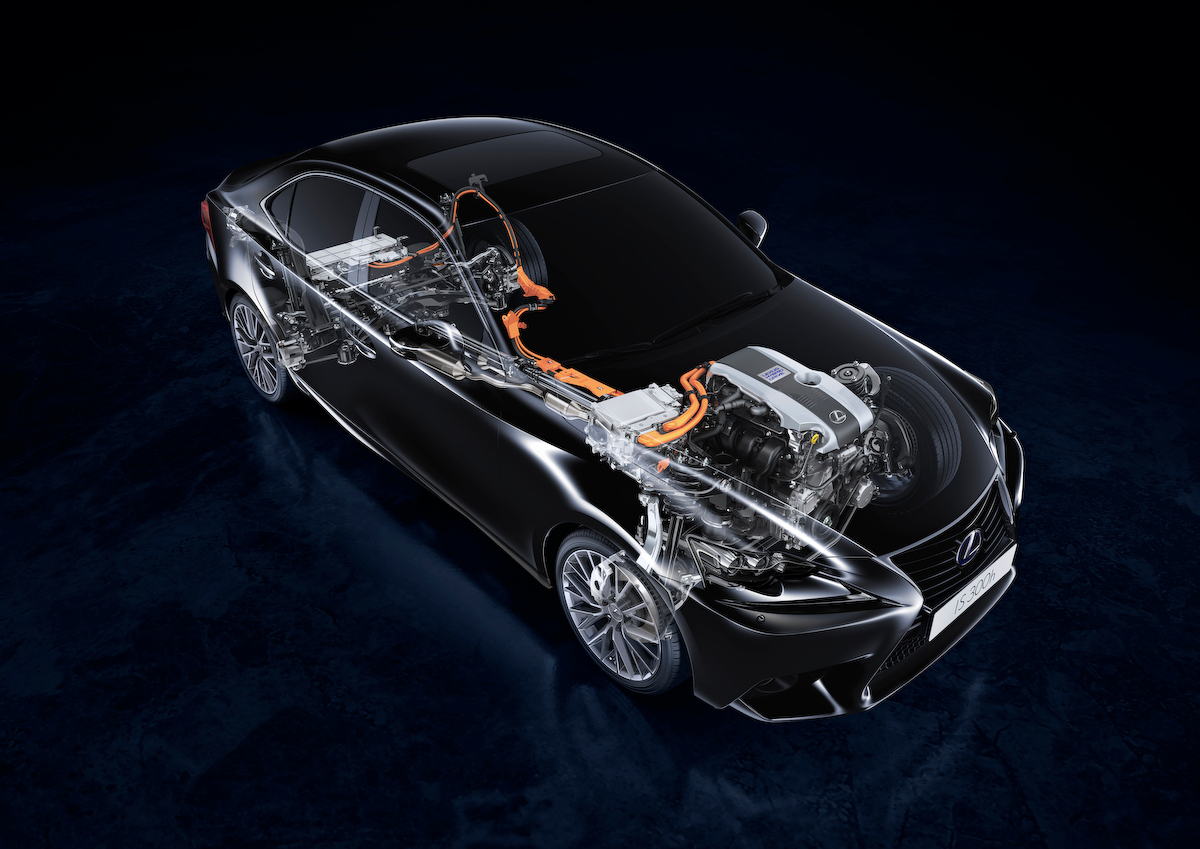Introduction The Toyota 2JZ-GE was a 3.0-litre inline six-cylinder engine that replaced the 7M-GE engine. Designed to run best at medium to high engine speeds, key features of the 2JZ-GE included its cast iron block, aluminium alloy cylinder head, double overhead camshafts and wide-angled valves. In 1997, the 2JZ-GE engine was upgraded and variable intake […]
Category: Engines
2KD-FTV Toyota engine
Introduction Toyota’s 2KD-FTV was a 2.5-litre four-cylinder turbo diesel engine. A member of Toyota’s ‘KD’ engine family, which included the related 1KD-FTV, key features of the 2KD-FTV included its: Cast iron block; Aluminium alloy cylinder head; Turbocharger with wastegate valve and actuator; Double overhead camshafts; Four valves per cylinder; and, Compression ratio of 18.5:1. The […]
2GR-FSE Lexus engine
Introduction Produced from 2005, the Lexus 2GR-FSE was a 3.5-litre V6 petrol engine that featured direct and port injection. For Australia, the 2GR-FSE was first offered in the Lexus S190 GS 450h, but subsequently introduced in the XE20 IS 350, L10 GS 350, XE30 IS 350 and RC 350. For the non-hybrid applications of the […]
2GR-FXE Lexus engine
Introduction The 2GR-FXE was a 3.5-litre V6 petrol engine that was used in the Lexus AL10 RX 450h and L10 GS 450h. While the 2GR-FXE engine code was used for both engines to denote the ‘Atkinson cycle’ operation of the engine, the engines for these vehicles differed in that the L10 GS 450h had conventional […]
2GR-FE Toyota engine
Introduction Manufactured from 2005 and available in Australia from 2006, Toyota’s 2GR-FE was a 3.5-litre V6 petrol engine that effectively replaced the 1MZ-FE and 2JZ-GE engines. Key features of the 2GR-FE engine included its open deck design, alloy construction (for a service weight of 163 kg), variable intake and exhaust valve timing (dual VVT-i) and […]
2GR-FKS Toyota engine
Introduction The Toyota 2GR-FKS engine was a 3.5-litre V6 petrol engine which was first introduced in 2015 for the Lexus L10.II GS 350 and Lexus AL20 RX 350. Subsequently, however, the 2GR-FKS engine powered the 2016 Toyota Tacoma and the Toyota XU50.II Kluger (sold in the USA as the Highlander). An evolution of the 2GR-FSE, […]
2AZ-FE Toyota engine
Introduction Toyota’s 2AZ-FE was a 2.4-litre four-cylinder petrol engine that was first introduced in Australia in the 2000 Toyota XR30 Tarago. The 2AZ-FE engine featured mass reduction measures such as an aluminium alloy cylinder block, plastic intake manifold and magnesium-alloy die-cast cylinder head cover. With a service weight of 110 kg, the 2AZ-FE engine was […]
2AZ-FXE Toyota engine
Introduction Toyota’s 2AZ-FXE was a 2.4-litre four-cylinder petrol engine that had ‘Atkinson cycle’ operation which shortened the compression stroke and extended the expansion stroke for greater thermal efficiency. Based on the 2AZ-FE engine, the 2AZ-FXE powered the Toyota XV40 Camry Hybrid. 2AZ-FXE block The aluminium alloy cylinder block of the 2AZ-FXE engine had 88.5 mm […]
2AR-FSE Lexus engine
Introduction The Lexus 2AR-FSE was a 2.5-litre inline four-cylinder petrol engine. Based on Toyota’s 2AR-FE engine, the 2AR-FSE differed in that it had: Atkinson cycle operation; Direct fuel injection (in addition to conventional port injection); and, A unique cylinder head, camshafts, pistons and fuel supply system. According to Lexus, the 2AR-FSE engine achieved thermal efficiency […]
2AR-FXE Toyota engine
Introduction Toyota’s 2AR-FXE was a 2.5-litre inline four-cylinder petrol engine. Based on the 2AR-FE, the 2AR-FXE differed in that it had: Atkinson cycle operation; and, A unique cylinder head, camshafts, pistons and fuel supply system. To reduce fuel consumption, the 2AR-FXE used electric motors to power ancillaries such as the water pump, variable air-conditioner compressor […]






